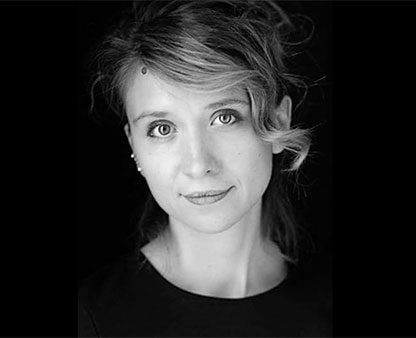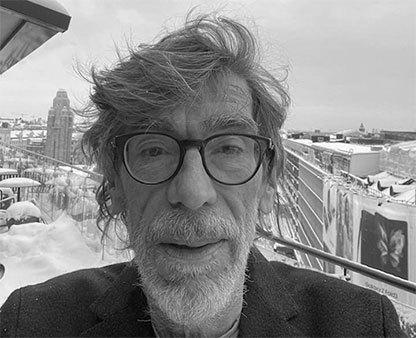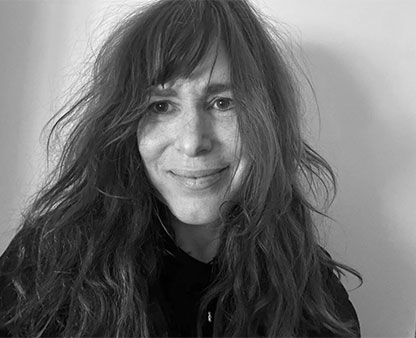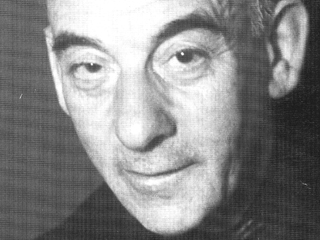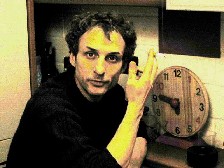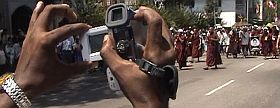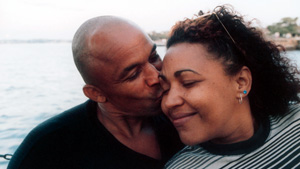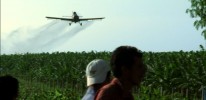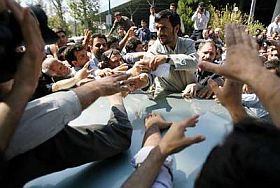Swedish film director and producer Fredrik Gertten has made a film, Bananas, that has reached the headlines – before its actual release. The Malmö based Gertten, who has been enormously active internationally for many years, and who for the film has obtained support from the American funds ITVS and Sundance, will see his film premiered in the coming days. In a letter to the international documentary community he and his coproducers describe the problems they are facing:
We have been working on the feature documentary BANANAS!* since 2006, and we are slated to launch the film at the Los Angeles Film Festival, held June 18-28 this year.
The film follows a landmark court case – Tellez et. al. v. Dole Food Company Inc. et. al. – where a group of Nicaraguan banana workers, with the help of attorney Juan Dominguez, sues Dole Food for using a banned pesticide in their Nicaraguan plantations. Prolonged exposure to this pesticide was known to cause sterility in human males. It was the first time that agricultural workers from the developing world gave testimony against a US-based multinational in a US court.
In January, 2008, a full jury found Dole Food guilty of causing harms to the workers, and of acting with malicious intent. They awarded damages to the workers, and Dole is now appealing the verdict. Despite this appeal, during the trial the CEO of Dole Food admitted on the stand that he continued to use the aforementioned pesticide in his Nicaraguan plantations, after it was banned in the US.Dominguez had many other, similar cases in line following the Tellez case. Dole accused Dominguez of fraud, and the presiding Judge, Victoria Chaney, sided with Dole and threw out all remaining cases. At this point the Tellez decision stands, and case is still under appeal by Dole.
Recent developments have called the validity of certain aspects of the case into question. As those of you who have done courtroom documentaries can attest, court cases can keep developing years after the verdict. Regardless of the final outcome, the film is an accurate representation of the case over a period of time, and our broadcasters and all our other partners support the film 100%.
On May 8, the law firm of Gibson, Dunn & Crutcher LLP, who represented Dole in court, attempted to get Judge Chaney to stop the film from being screened at the 2009 Los Angeles Film Festival. The Judge stated to those present: “Just so we are clear, I am not in any way going to make, and I will not consider, any request for prior restraint on free speech. Okay? So, don’t ask me to go try and contact the film company. I don’t have jurisdiction over them. But even if I did, don’t ask me for it.”
As they were unsuccessful with Judge Chaney, Gibson, Dunn & Crutcher LLP sent us a letter demanding we ‘cease and desist’ plans to screen the film at the Festival. The first such letter sent to us, on May 8 of this year, was copied to all the corporate sponsors of the LA Film Festival, but was not copied to the LA Film Festival itself. A copy of this letter and related letters are available here.
To date, neither Dole nor Gibson, Dunn & Crutcher LLP have actually seen our film. They are basing their comments on a three-minute trailer and information posted here on our website, www.bananasthemovie.com.
Dole’s team is now moving on to yet another strategy and have contacted the Swedish Consulate in LA and the Swedish Ambassador to the US in Washington, asking them to help stop the film.
To date they have only succeeded in getting the Legal Aid Foundation of Los Angeles (LAFLA) to pull out of ‘co-hosting’ the film’s opening night at the Festival. However, a lawyer from Gibson, Dunn & Crutcher serves on the board of directors of the LAFLA.
Out of respect to the LA Film Festival, we did not broadcast any of these actions until now. However with days to go before our premiere, we are spreading the word.
We are considering all our options given Gibson, Dunn & Crutcher’s actions.
As we move forward, we hope you as our allies in the international documentary community will throw your support behind us. Dole and their counsel’s interference with us, ITVS, the Festival, and their sponsors represent a serious threat to independent documentary production.
Please join our mailing list for breaking news by filling out your mail address in the sidebar to the right, and join our facebook group.
Things will begin to move rapidly, and we will keep you updated as they come.
In thanks and solidarity,
Fredrik Gertten
Margarete Jangård
Lise Lens-Møller
Bart Simpson
BANANAS!*
www.bananasthemovie.com
